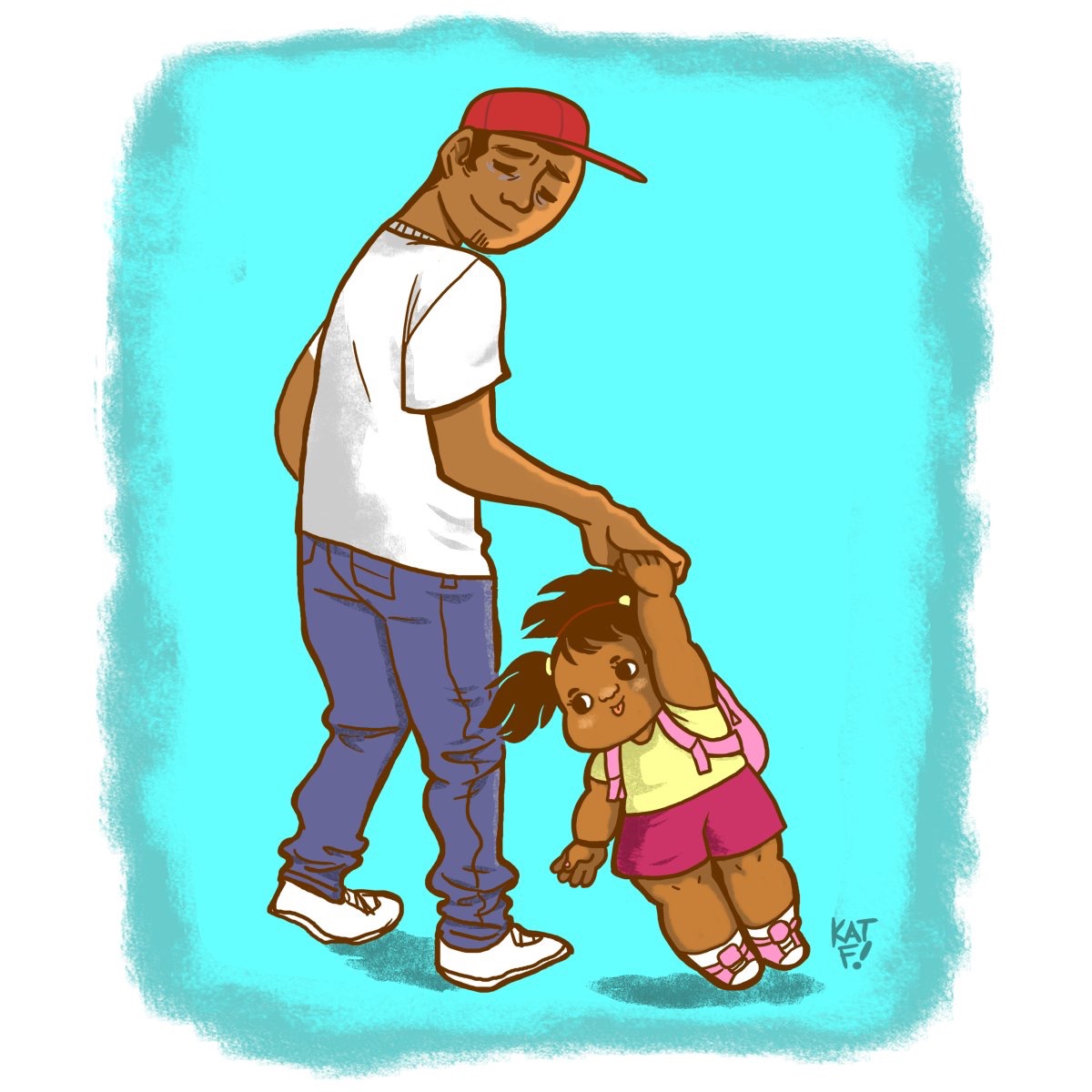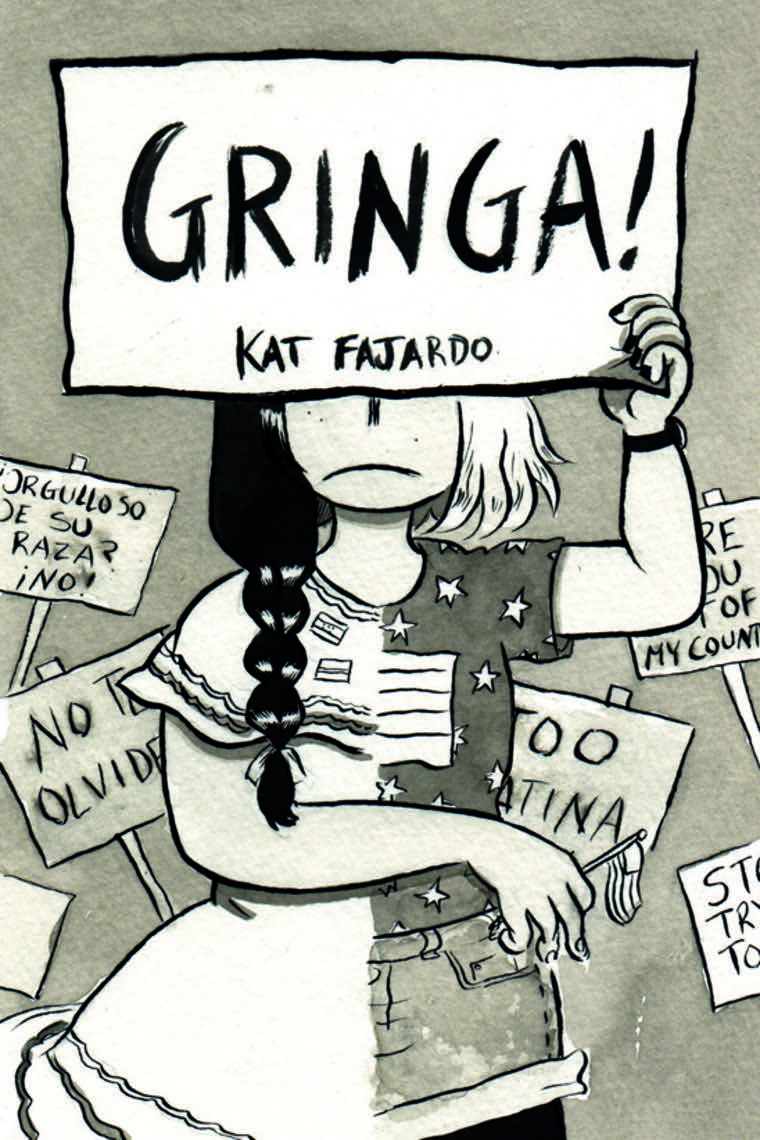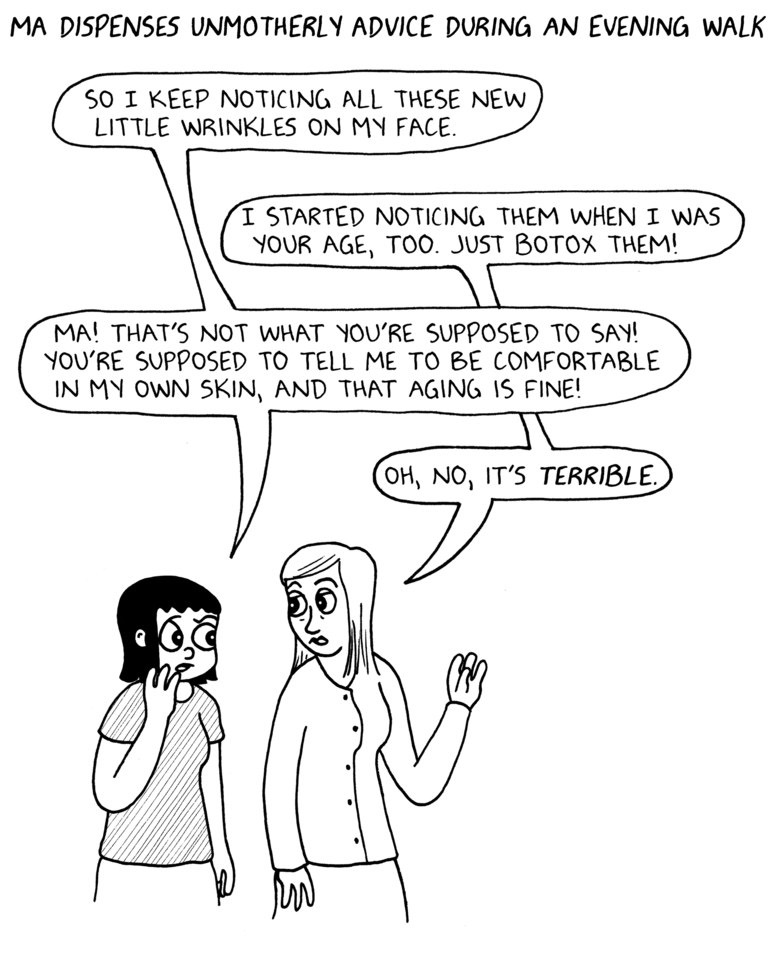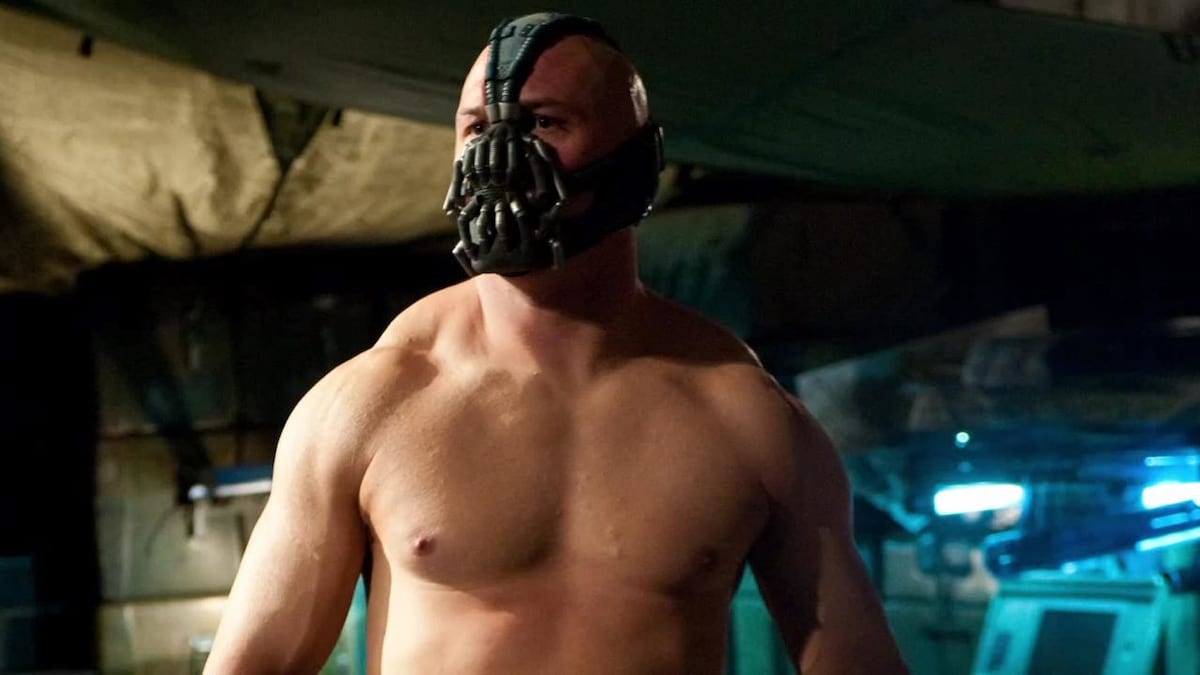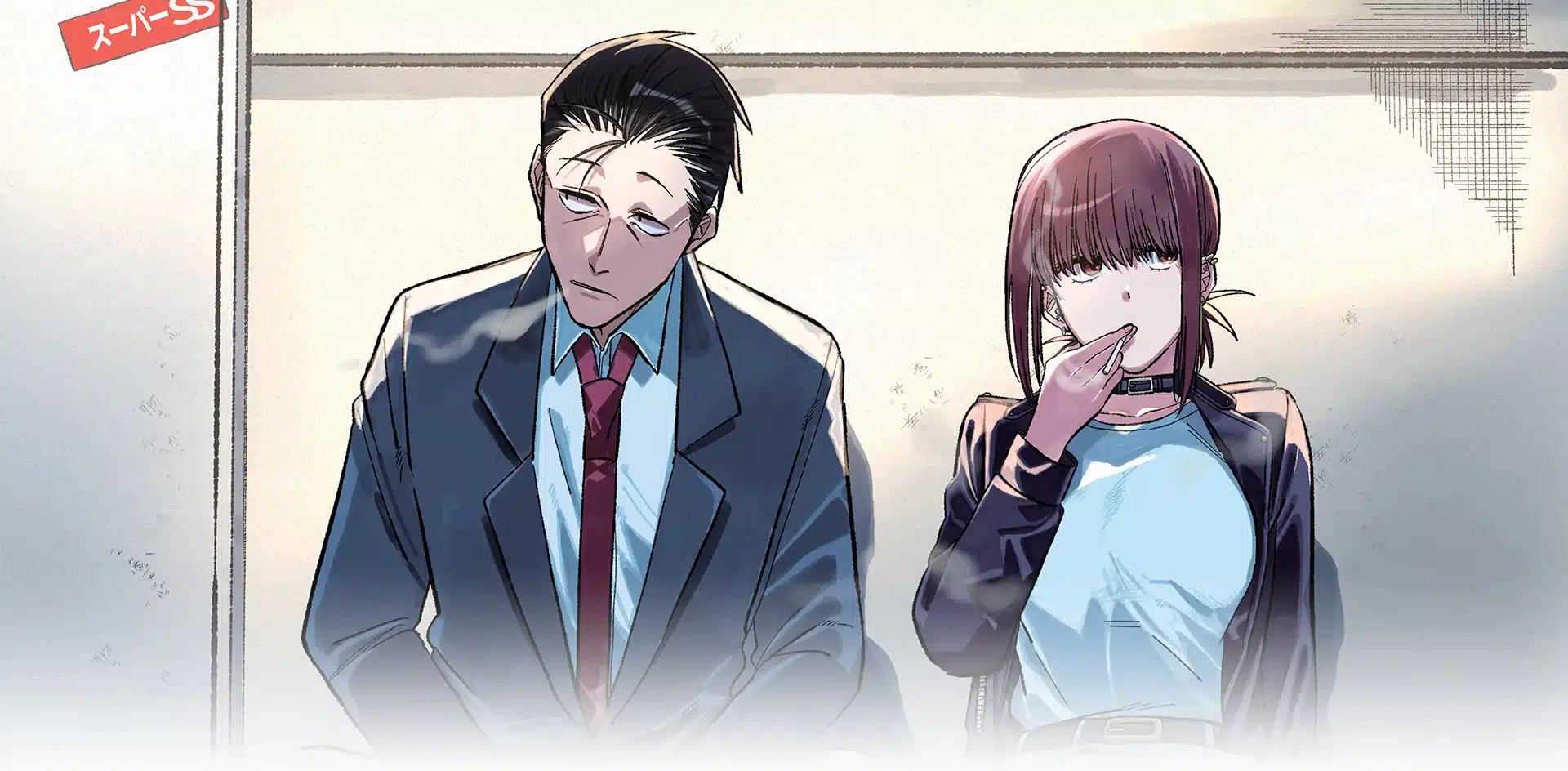§ Nice Art: Kat Fajardo won the 2017 Emerging Talent Award at CxC (Cartoon Crossroads Columbus) this weekend, Fajardo is best known for editing the La Raza Anthology and her own Gringa and Bandida comics, but she’s busy with other anthologies and illustration work (above) as well. Congratulations! Previous winners of the award were Katie Skelly and Kevin Czap.
§ I’m a little behind on the Kibbling so letting it all roll out.
§ A new editions of the “Plain Janes” gns by Cecil Castelucci and Jim Rugg will be collected at Little, Brown with a new, third novel appended! The books were previously published at Minx, if your memory goes back that far. Te collected edition comes out in 2019.
§ We often fear violence at comic-cons, but what about violence AFTER the con. A man dressed as Wolverine went to the pub after cosplaying at Oz Comic Con down in Sydney, but was arrested in a scrap after he was kickedout of a bar, and then punched two men. Very Wolverine like behavior, actually. Another man, dressed as a Power Ranger, helped police catch the culprit.
§ Salon catches up with Frank Miller, who chatted about this and that:
Q: Many people fail when given the opportunity to work on a project they have always dreamed of. They are crippled with anxiety or their egos take over, which means they can’t tell the best story possible.
A: The biggest one is the last one you mentioned, letting your ego get in the way. I’ve done it. It leads to disaster. But being afraid is just part of the job. That will creep into the job and it’ll be part of the character or the work you do. But you work your way through it. You work your way through everything. But the biggest thing to watch out for is arrogance.
§ We did not pay proper attention to the passing of Hugh Hefner last week; whatever his other deeds, Hefner created a powerful platform for cartoonists, perhaps because being a cartoonist was his dream:
BEFORE HE became a publisher of posed flesh and prose, Hugh Hefner dreamed of becoming a cartoonist. Young Hugh knew that the striking visual line could help deliver a message, and so he sketched his satire. Although his own comics-making career never fully panned out, his early aspirations shaped him: He later knew he wanted his magazine to carry some of the biggest names in cartoons. Al Jaffee. Jules Feiffer. Shel Silverstein. Arnold Roth. “Plastic Man” creator Jack Cole.
§ Johanna Draper Carlson has a lovely write-up of her SPX 2017 with shoutouts to her roommates and the podcast we did. She also notes that, due to the vagaries of the table lottery, Zombie Tramp artist Bill McKay was set up at the show, although he kept a low profile. SPX is one of the few shows of its importance that isn’t wholly curated and that leads to curiosities of this kind.
§ John Jackson Miller has a detailed look at Legacy Numbering, which is low on my list of comics book concerns, but you may feel differently:
Back in that 2006 column, for example, Marvel editor Tom Brevoort cited a survey of retailers who were asked in about how “Heroes Return” should be numbered. As part of its “Heroes Reborn” initiative, Marvel had restarted the numbering on Avengers, Captain America, Fantastic Four, and Iron Man in 1996; when that program ended after only a year, Marvel asked retailers whether the series should resume their original numbering, continue with the lower “Reborn” numbers, or roll all the way back for new #1s again for the second time in fourteen months. “And the retailers told us they’d order more than twice as many Fantastic Four #1s as they would Fantastic Four #14s or #416s,” he said. So the second renumbering happened — and indeed, preorders went from 130,000 copies on FF Vol. 2, #13 to 210,000 copies on Vol. 3, #1. Click to see the preorder reports for those months.
§ We told you a while back of the vast excitement for the first ever Snake River Con in Pocatello, ID, and the event went off this weekend, apparently living up to the anticipation. It also included a very unusual cosplayer:
Anybody attending the Snake River Comic Con in Pocatello this weekend is sure to see plenty of attendees wearing innovative costumes. But few are as striking as 21-year-old Nick Porter. Porter is known in comic con circles as Nick the Zombie, and whenever he attends a sci-fi convention, he goes all out with the gory makeup and torn-up clothing. But what makes Porter’s limbless zombie character so remarkable to other cosplayers is not a makeup trick or special effect. When he was 2 years old, Porter was afflicted with meningococcal meningitis and had to have his arms and legs amputated.
§ The poet laureate of Gower, MS has written a graphic novel.
§ It’s been so long since I kibbled because my browser ate about a week’s worth of links. I figured out how to stop that from ever happening again. Here’s what I would have told you: Trina Robbins wrote something nice about ‘Neil the Horse’
In the midst of the hysteria of the black-and-white boom, along came Neil the Horse, tap dancing his way into the hearts of America. (Well, mine, anyway, and enough others to keep the comic going for fifteen issues.) Five parts Donald Duck artist Carl Barks, five parts Fred Astaire, and a hundred percent Arn Saba, the banana-chomping, rubber-legged equine’s comics were a refreshing change from the dark, grim and gritty, ultraviolent mainstream comics that seemed almost de rigueur during the eighties. His Art Deco–looking characters sang and danced their way through some pretty wacky adventures: inspired by the manic adventures of Donald Duck and Scrooge McDuck, along with a healthy dose of surrealism à la Winsor McCay’s Little Nemo, Neil got caught in a photocopier, producing hundreds of Neil clones; he met Mr. Coffee Nerves and consumed a gallon of the stuff, with expected rubber-legged results, and he and his cigar-chomping pal, Soapy the Cat, went to Hell (not as a result of drinking all that coffee!).
§ I also forgot to note that Lynda Barry has begun an advice column and the first one mentioned pee hoarding, so my life is complete.
What seems to be uncommon about this story is your pee-hoarding roommate’s willingness to not just display his collection to a guest but to admit to his stealth pee antics around the kitchen.
§ I would gladly read more Julia Wertz comics like Conversations with Ma.
§ Uncomfortably Happily is one of the sleeper graphic novels of the year:
Even if you’re not somebody who has a lot of extra money stashed away, maybe you can afford that sort of scenario – in fact, economies being what they are, maybe it’s even more affordable than your life in the city. Especially if your job’s location doesn’t thwart your move – because, say, you make money as a manga artist, and your publisher and editors don’t really care where you send your required quota of comic panels from, just as long as you can meet the goddamn deadlines, what’s your problem, you laggard? – then it makes perfect sense to take your wife (an artist and writer in her own right) and your small crowd of cats and get the hell out of Seoul. The Korean mangaka Yeon-sik Hong did just that in 2005, when he was in his early 30s, and his thick doorstop of a graphic novel, Uncomfortably Happily, recounts the daily adventures and quotidian doldrums, the struggles and triumphs, he and his wife experienced over a year’s worth of rural mountainside living. It’s drawn manga-style, of course, with the characters depicted in varying degrees of cartoonish depending on their emotional states, with the surrounding environment (and the buildings and vehicles that complicate the landscape) more realistically rendered.
§ It was National Comic Book Day LAST WEEK, and Sasha Banks and Seth Rollins were among those who observed the holiday:
§ One of the first of countless rapturous reviews of Tillie Walden’s Spinning
Spinning is a book that washes over the reader, and it’s easy to plow through its nearly 400 pages in one sitting. That’s because Walden gives moments room to breathe, like the aforementioned morning routine that begins with a 24-panel page breaking down each step of the lethargic process. She slows down time as she introduces readers to her younger self, putting them in her lonely, tired headspace as she makes her way to the rink. There’s no sense of joy or excitement in these early pages, and skating is immediately associated with melancholy, casting a shadow on the sport that gets heavier as Walden becomes more disenchanted. And yet, there are still moments when Walden shows what she loved about skating. Her first steps on the empty rink are depicted with a full splash page, introducing an openness that is a stark contrast to those cramped panels of her waking up. As much as she feels restrained by skating culture, she’s free and happy when she’s alone on the ice.
§ Finally, even the woman-themed Refinery29 site has gotten into comics with the poignant observation: Excuse Me But Why Is Tom Hardy Always Cast As The Ugliest Comic Book Characters


